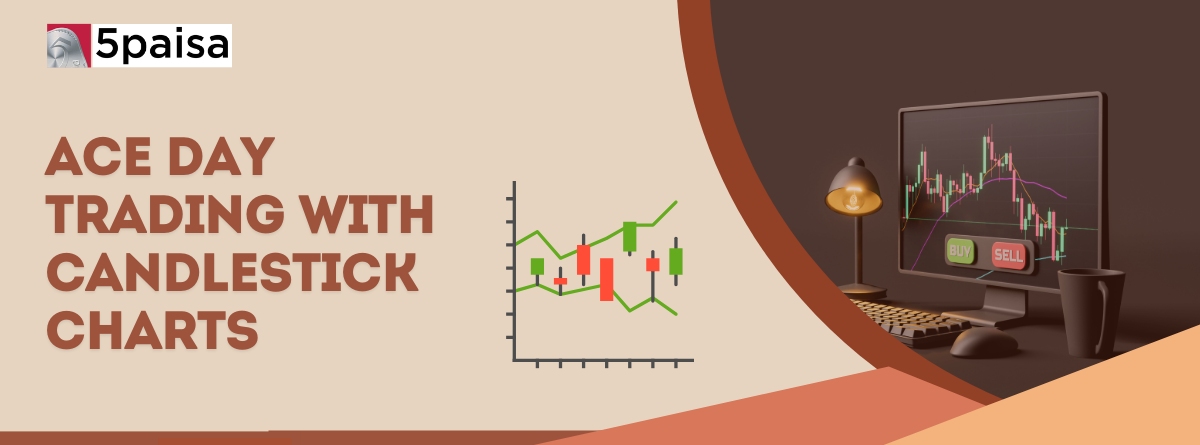Content
- Introduction
- Candlestick - A Primer
- The Top Candlestick Patterns Expert Traders Rely On
- Identify The Candlestick Pattern to Trade Like a Pro
Introduction
Every day, millions of investors and traders worldwide try their luck in the market, hoping to make incredible profits and conveniently fulfil their financial goals. But, only a few succeed. Proper research and knowledge are crucial to improving your performance.
Generally, you can find three types of traders or investors in the market. The first type focuses on price action, whereas the second type relies on technicals. The third type of investors trust news.
Price action trading is one of the oldest forms of trading. Price action traders analyse the chart by drawing support and resistance lines. Candlestick helps them make sense of the support and resistance lines better and place flawless trades.
So, if you want to learn how to read candlestick charts for day trading, you are in the right place. The following sections contain details of the highly effective but superbly simple trading strategy - the candlestick trading strategy.
Before understanding the top candlestick patterns for trading, let's understand the true meaning of candlestick.

More Articles to Explore
- Difference between NSDL and CDSL
- Lowest brokerage charges in India for online trading
- How to find your demat account number using PAN card
- What are bonus shares and how do they work?
- How to transfer shares from one demat account to another?
- What is BO ID?
- Open demat account without a PAN card - a complete guide
- What are DP charges?
- What is DP ID in a demat account
- How to transfer money from demat account to bank account
Disclaimer: Investment in securities market are subject to market risks, read all the related documents carefully before investing. For detailed disclaimer please Click here.





